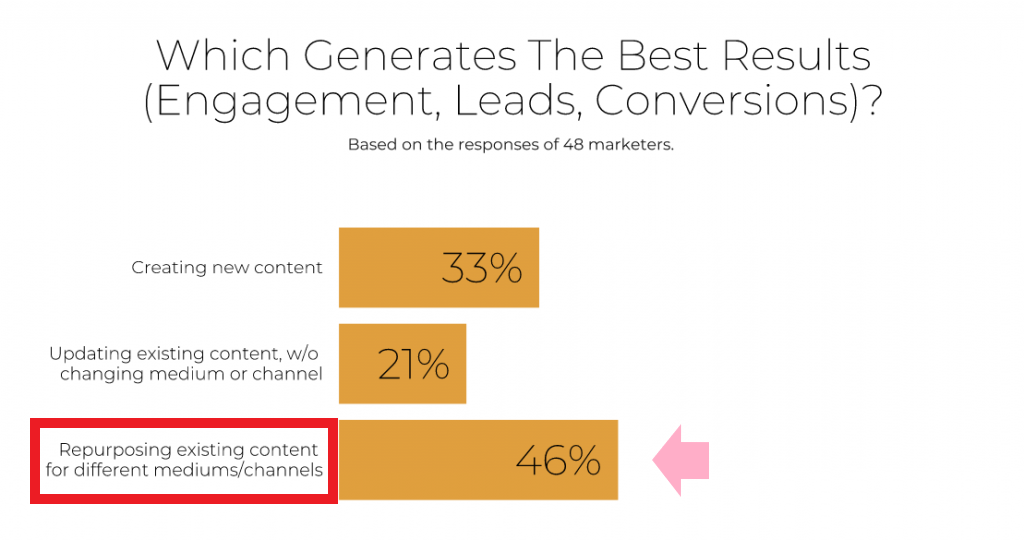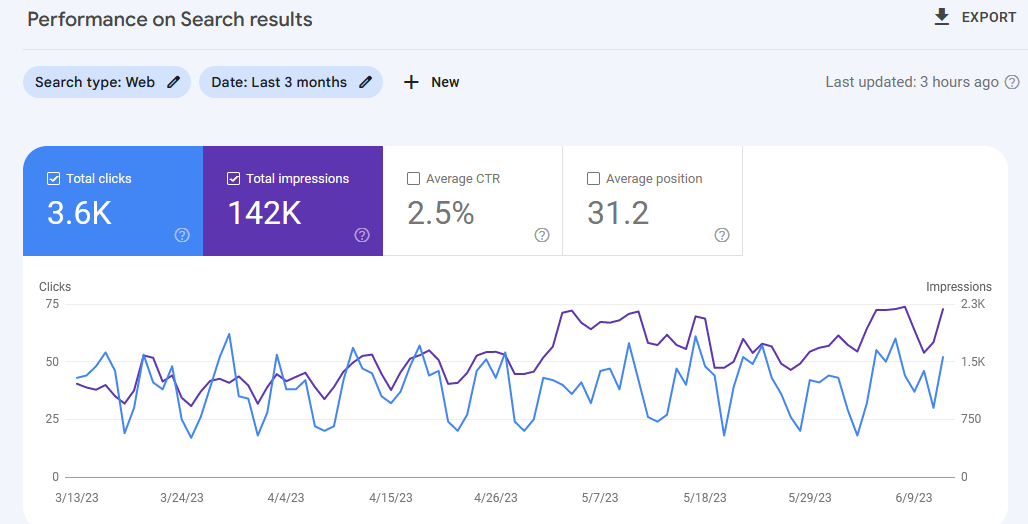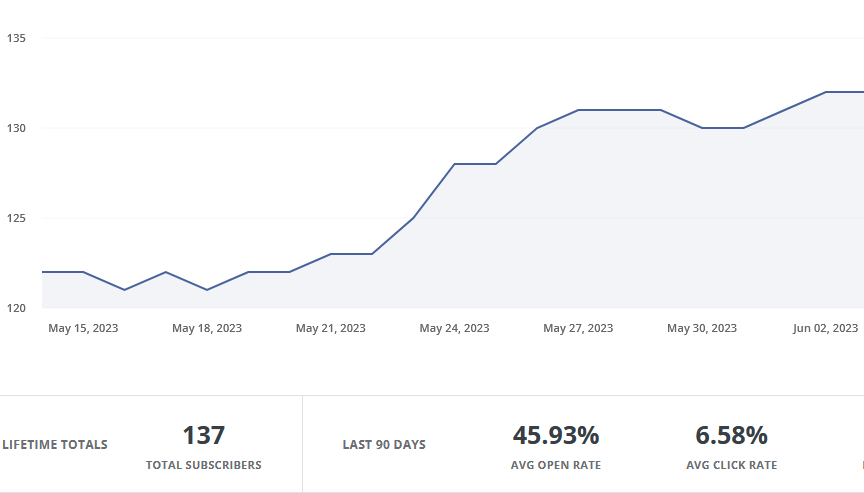The Art of Content Repurposing: Boost Your Creative Brand
Struggling to stand out from your competitors and create content that converts?
You’re not alone.
36% of businesses find it hard to provide value to the readers with their content and 31% don’t produce consistent messaging in their content creation. (CMI)
This negatively impacts brand visibility, sales generation, and customer relationships.
BUT there’s one powerful content marketing strategy to overturn this situation…
Content repurposing!
When done strategically, the art of content repurposing enhances your online presence and boosts your target audience’s engagement.
By transforming existing content into new formats, you reinforce the value of your content and extend its reach across various platforms!
42% of marketers achieved successful results with this approach.
So will you!
Today’s post will introduce you to repurposing, including five core tactics to upgrade your content strategy.
With this knowledge, you’ll strengthen your digital presence and ensure your message remains pertinent and captivating to your dream leads.
Let’s jump in!
The Art of Content Repurposing - Table of Contents
Use Content Repurposing to Leverage Your Online Presence
Identify High-Performing, Evergreen Content
5 Steps to Master the Art of Content Repurposing
FAQs - The Art of Content Repurposing
Use Content Repurposing to Leverage Your Online Presence
Facts: 94% of marketers repurpose their content.
46% of them believe the art of content repurposing is more effective than creating new content from scratch and 65% agree it’s more cost-effective than building new content or performing minor updates on published posts.
The benefits of repurposing content are endless!
By reusing existing content, you produce more material without sacrificing quality or overworking your team (if you have one).
Additionally, repurposed content improves SEO rankings as search engines recognize (and reward!) the value of refreshed, original posts.
Here’s what to do:
Review your existing library to spot successful, timeless topics that are still relevant to your audience (past blog posts, videos, podcasts, etc.).
Consider how each piece could be adapted into different mediums like infographics, social media posts, or even an ebook.
Create new versions of outdated information (turning a long-form article into bite-sized social media videos).
Promote and distribute your repurposed content across various channels, including email newsletters.
Track engagement metrics (more in the following paragraphs) to determine the success of your repurposing efforts.
How the art of content repurposing works.
This way, your content marketing endeavors will yield the best outcomes for your art brand!
Identify High-Performing, Evergreen Content
Repurposing content is advantageous to extend the life of your high-performing, evergreen content.
Just think:
60% of marketers reuse their content two to five times.
Repurposed blog posts can generate up to 106% more views.
Updating older articles can increase organic traffic by 260.7%.
That’s mind-blowing!
But what exactly do "high-performing" and "evergreen" mean?
Here’s an explanation of both terms.
What is High-Performing Content?
High-performing content is any piece of content that performs exceptionally well regarding engagement metrics like views, likes, shares, or comments.
It resonates with your target audience and has the potential for continued success.
To identify high-performing content on social media, look at your analytics data and see which posts received the highest levels of participation.
On your website, check which blogs have generated the most traffic and conversions over time.
What is Evergreen Content?
Evergreen content refers to valuable material that continues driving traffic long after its publication date.
Its key characteristics include:
Covering a specific topic in-depth.
Presenting information in an accessible format.
Having ongoing relevance.
Avoiding outdated references (old mentions, data, etc.).
In short, with evergreen content, you keep being seen as a consistent, trustworthy source regardless of current trends!
5 Steps to Master the Art of Content Repurposing
The essence of repurposing is to expand your content investment with new assets crafted from resonating, existing material.
If a blog post on the history of impressionism has received high traffic, republishing it into an infographic or video would attract more visitors who prefer these formats.
In the art of content repurposing, it’s crucial to pinpoint popular posts that have proven their worth for their distinct topic, actual value, and big engagement.
You couldn’t set a top-notch content strategy otherwise.
So how do you identify such content?
The following five steps will show you how to choose the right pieces to optimize and relaunch for continued success.
Let’s go!
1. Monitor Your Performance Analytics
Performance analytics provides valuable insights into what content resonates best with the audience - helping you hone the art of content repurposing for increased visibility and lead generation!
On your site, look for web pages and articles that keep generating traffic, engagement, and conversions (these are prime candidates for repurposing, having showcased their value to your readers!).
Use tools like Google Analytics and Google Console to help you with this; study the data carefully (impressions, bounce rate, average time on page, conversion rates, etc.) and check if any specific topics consistently perform well on search engines.
Screenshot of my website performance on search results from Google Console.
Don't forget to check search engine optimization (SEO) metrics too!
Tools like SEMrush or Moz Pro will help you review keyword rankings, backlinks, organic traffic, and other SEO data necessary to find repurposing-worthy content.
The same goes for social media, where you consult the integrated analytics (likes, shares, comments, views, or demographics) to single out the posts drawing multiple followers and interactions.
Screenshot of my Instagram account coverage from Meta Business Suite.
Email marketing is another aspect to monitor.
Use email service providers like MailChimp Reports (I personally use Convertkit) to evaluate relevant statistics like open rates, click-throughs, and unsubscribes - this way, you’ll refine future email campaigns based on your audience's preferences and behaviors!
Screenshot of my email marketing performance from Convertkit.
Monitor your KPIs regularly to set a solid content repurposing strategy that gets results.
2. Consider Evergreen Criteria
Now that you know the meaning of evergreen content, it’s time to follow specific criteria for thoughtful repurposing.
When selecting evergreen topics...
Assess their relevance, demand, dated information, and quality.
Choose subjects pertinent to your niche.
Focus on content with consistent interest from your audience.
Avoid seasonal events or news stories with a short-shelf life.
Select comprehensive, knowledge-driven pieces.
By keeping up-to-date with industry trends and developments in the art world, you’ll be proactive in developing evergreen content that stays current and applicable for the long haul!
3. Repurpose Your Content
Once you've identified high-performing evergreen content, repurpose it into various formats (emails, videos, podcasts, etc.) and share them everywhere online.
This will extend the existence of your content while reaching a broader audience and meeting their format preferences.
The art of content repurposing is a smart way to get more mileage out of your best work.
So, take the time to identify your most results-driven content and give it new life!
4. Use Multiple Platforms
Broadcasting your material over different mediums is key to elevating your online presence and amplifying both viewer participation and conversions.
Use your platforms strategically by aligning them to your business goals and audience’s needs:
Social media: Share snippets or highlights from your blog posts/podcasts/videos on your feed and include eye-catching visuals, engaging captions, and targeted hashtags to grab attention.
Email marketing: Include summaries or links to recent blogs in your newsletters to keep subscribers informed about new content and drive traffic back to your website.
Presentation sharing sites: Turn key points from an article into an informative presentation to share on sites like SlideShare.
Videos and podcasts: Republish written content as video or audio formats on YouTube or podcast hosting sites for a better and broader impact.
Then, analyze which platform performs best for each content type to optimize future repurposing efforts (if your blog promotion works well on Instagram but not Twitter, focus more resources on creating visually appealing Instagram posts around that purpose).
By leveraging multiple platforms, your content will better engage your audience, keeping your art brand captivating, up-to-date, and noteworthy.
5. Streamline Your Content Strategy
To guarantee the maximum benefit from reusing content (i.e., your target audience sees and interacts with it), you must have a robust strategy in place.
Content ideation is a significant investment of time and resources - that’s where the art of content repurposing comes in, being the trump card for increased exposure and engagement without starting all over again.
These optimization methods will ease the process.
A/B Test More Formats
A/B testing is about experimenting with diverse repurposed content types to select the formats that resonate best with your audience.
This lets you compare two versions of a piece simultaneously while measuring their effectiveness over a given period.
Create a Consistent Posting Schedule
To make your presence more visible and gain quality leads, develop a regular posting schedule for new and repurposed content.
Through consistent content planning, you’ll build trust among followers and rank higher on the SERP with fresh updates.
Incorporate User-Generated Content (UGC)
Encouraging your community/actual customers to share online their unique experiences with your art brand is ideal for self-promotion and social proof.
Whether you host social media contests and challenges about UGC or republish it on your website as a testimonial, this method increases engagement and offers new opportunities for content repurposing.
Collaborate with Influencers and Partners
Another proven repurposing strategy is to partner with influential art creators or collaborate with other organizations.
By re-elaborating and posting each other's existing content, you...
Grow your influence
Tap into new audiences
Raise awareness
Establish credibility in the sector
…and make the art of content repurposing more efficient and impactful for both sides!
FAQs - The Art of Content Repurposing
What is the art of repurposing content?
The art of repurposing content involves taking posted, high-performing material and adapting it to different formats, channels, and audiences to maximize your content investment and stay relevant to your audience.
Is it OK to repurpose content?
Yes, it's perfectly fine to repurpose content - especially if you add value and quality to your work to foster brand trust and customer loyalty!
The Art of Content Repurposing Is the Secret Sauce for Success
Repurposing content means giving new life to your old stuff.
Better yet, it’s a canny approach to reuse and diversify top-performing content - so you get the most out of your content ideation time and efforts.
A few recommendations:
Get creative with your repurposing plan by producing varied formats (from a blog post to a video, a podcast to an infographic, etc.).
Analyze your metrics to see what's already working and adjust your strategy accordingly.
Republish evergreen content to make an indelible mark with your presence.
Optimizing your content creation process through repurposing offers you incredible opportunities - from attracting and converting broader audiences to standing out as a recognized brand!
So why not give it a try? 😉









